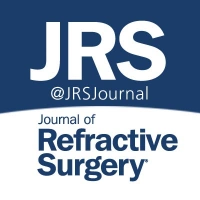Purpose:
To evaluate corneal endothelial health after cataract surgery without viscoelastic substance (VS).
Methods:
A prospective, non-randomized, case‑series study was developed, and phacoemulsification cataract surgery without VS was performed on 1324 eyes between September 2015 and September 2018. As main outcomes, mean endothelial cell density (ECD) and mean central corneal thickness (CCT) were assessed before surgery and then 6 and 12 months after surgery. Data are summarized as mean, standard deviation (SD), and 95% confidence intervals (CI).
Results:
A total of 1324 eyes were operated, and 31 were excluded by intraoperative complications. The mean ECD baseline was 2506 cells/ mm2 (SD = 215, CI = 2494–2518); 6 months after surgery, it was 2328 cells/mm2 (SD = 213, CI = 2316–2340); and 1 year after surgery, it was 2265 cells/mm2 (SD = 214, CI = 2253–2277). In terms of percentage differences, the mean ECD decrease was 9.4% after 1 year. The mean preoperative CCT was 531.6 μm (SD = 34.8, CI = 529.7–533.5); 6 months after surgery, it was 537.7 μm (SD = 38.2, CI = 535.6–539.8); and 1 year after surgery, it was 537.9 μm (SD = 37.9, CI = 535.8–540.0). The mean CCT increased 1.2% 1 year after surgery.
Conclusions:
Phacoemulsification cataract surgery can be completely performed without VS, with very low intraoperative complications.
The postoperative ECD and CCT changes occurred primarily during the first 6 months, and the changes decreased during the
